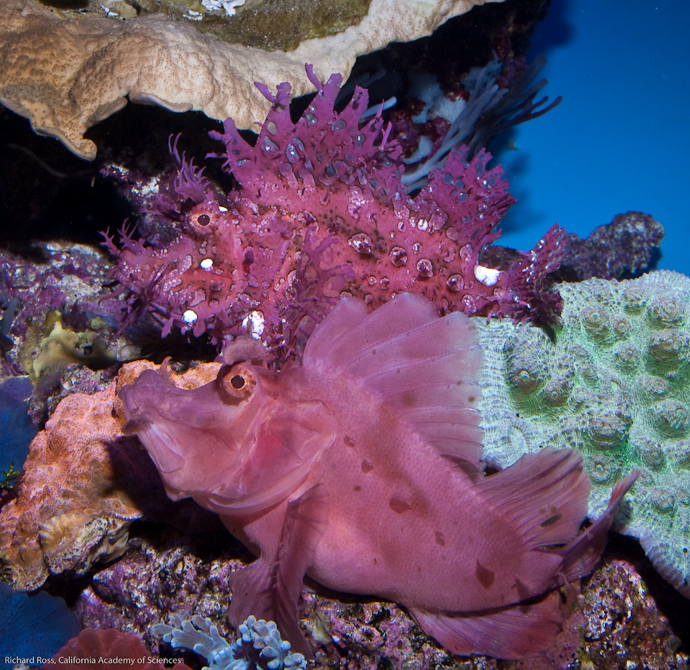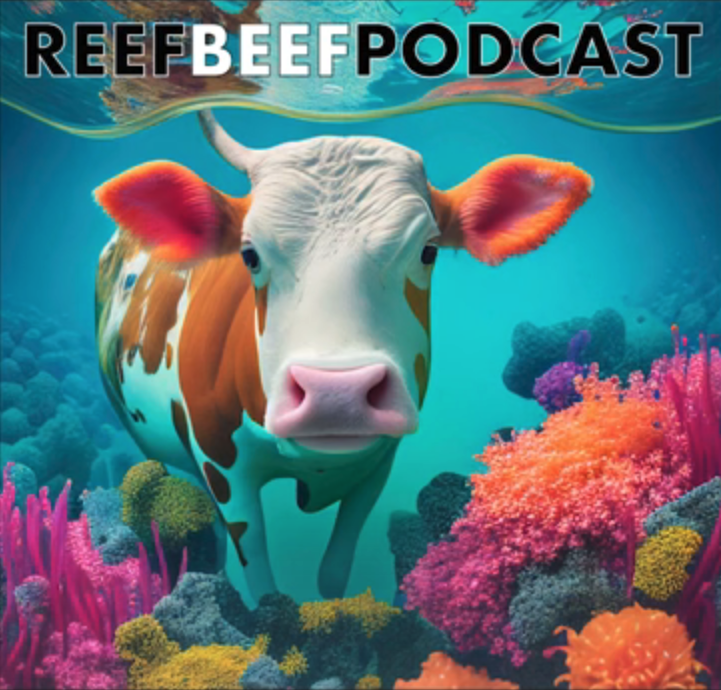From Reefbuilders

From Reefbuilders


Rich is co host of the irreverent Reef Beef Podcast, the podcast that is like hanging out in the conference hotel lounge on Saturday night after the show has closed for the day. See and listen on youtube or any podcast source.
Contact Rich by clicking here
Copyright 2023, Richard Ross